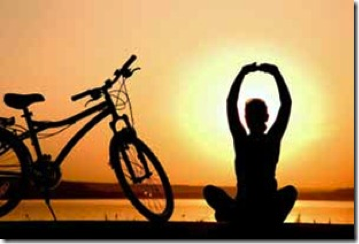
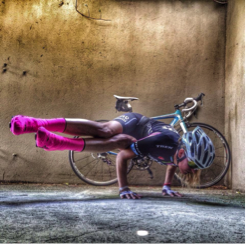
If you are a cycling fanatic, you must know the importance of breathing, especially, when you ride uphill. Your lungs give up and you know how it can hinder your cycling performance and you can’t go any longer. If you learn specific breathing techniques through perfect yoga regime, then you know that you can boost your cycling performance drastically.
Let us learn about the techniques that can increase your endurance as well as boost your speed while cycling. Various breathing techniques are –
- A few days before you prepare for cycling outdoors or at least a day before that, spend some time learning to breathe properly. Simply find a quiet spot and focus on your breathing pattern. Breathe slowly and make sure you feel light-headed. This will have a massive impact on your cycling performance.
- Yoga: Yoga can accentuate your cycling performance immensely. Especially if you are going to participate in a cycling rally or any other competition, then this can work wonders in increasing your breathing performance. There are many breathing techniques of Yoga which can be helpful –
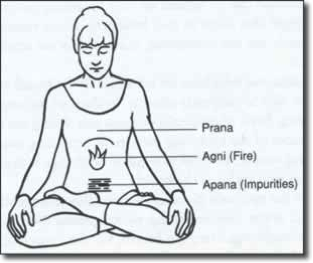
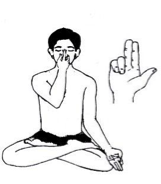
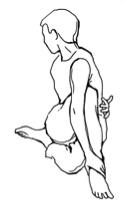
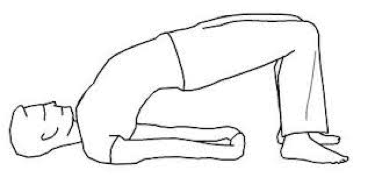
- Deep Yogic Breaths: Deep yogic breathing technique will maximize the capacity of your lungs and help your posture as well. Simply breathe through your nostrils rather than your mouth. Breathing through nostrils is effective at transporting oxygen as compared to the mouth breathing. Take deep breath, sending it to your belly so that the abdomen expands. The abdomen should expand so much that the diaphragm and intercostals muscles should also move.
- Pranayam (Alternate nostril breathing): First breathe through one nostril while closing the other one with your finger and then release the breath through the other one, while holding the one through which you inhaled. Complete the sets of alternate breathing. Around 50 sets are sufficient.
- Ardh Matsyendrasana (Sitting half spinal twist): The sitting half spinal twist will open up your chest and lungs. You could feel the air gushing into your lungs. This will increase the supply of oxygen to your lungs and this will reduce the probability of breaking down while cycling for longer hours.
- Setu Bandhasana (Bridge pose): The bridge pose is extremely helpful in opening up your lungs and chest cavity. It is very effective for asthma patients or those who encounter breathing problems. This easy posture can be vital for your cycling performance and will make you sustain for longer time without taking frequent breaks for rest.
- Performance Breathing: Specifically designed for cycling, this breathing technique will increase your endurance and cycling time. It increases the utilization of oxygen by our lungs thereby opening up our lungs and increasing their capacity. The technique is performed by following a “2,2,4” count. Each breath cycle involves two counts, holding your breath on a count of two, and then releasing it on count of four. As you start, you will follow this count. As soon as you get accustomed to it, you can increase this to “4,4,8” and then to “5,5,10”.
“Never run out of air again.”
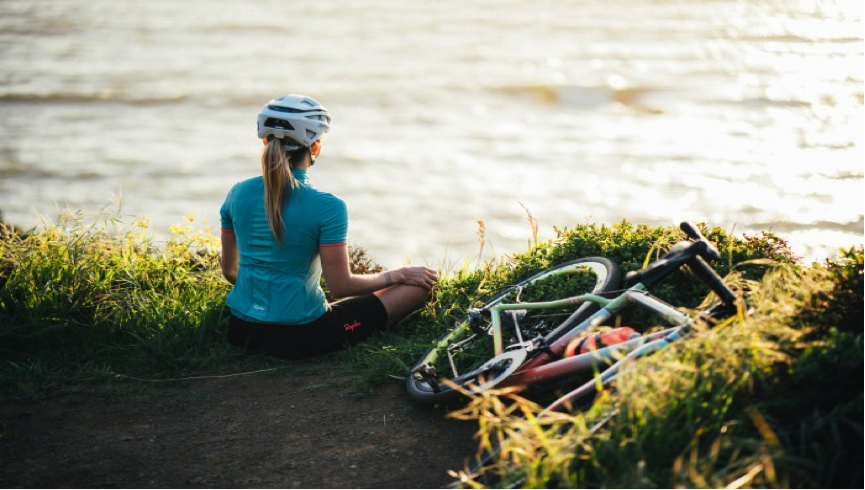


аудит продвижения сайта [url=http://poiskovoe-prodvizhenie-moskva-professionalnoe.ru/]аудит продвижения сайта[/url] .
fantastic submit, very informative. I’m wondering why the other specialists of this sector do not notice this.
You should proceed your writing. I’m sure, you have a great readers’ base already!
технического аудита сайта [url=https://www.poiskovoe-prodvizhenie-moskva-professionalnoe.ru]https://www.poiskovoe-prodvizhenie-moskva-professionalnoe.ru[/url] .
Stunning images show Arctic glaciers’ dramatic retreat
[url=https://mn-pravda.com/wiki/item/1049863-roman-viktorovich-vasilenko-rossiyskiy-piramidschik]порно групповое жесток[/url]
Swedish photographer Christian Aslund is riding a small boat along the coast of Spitsbergen, an island in the Norwegian archipelago of Svalbard. Here, deep into the Arctic Circle and midway between Norway and the north pole, he is investigating the health of the glaciers, by comparing them to what they looked like in archival photos.
He takes a picture, trying to place his boat in the exact position occupied by an explorer who took a similar photograph over 100 years ago. But the difference is striking: in the shot from 1918, the boat is heading towards a massive glacier. In the image Aslund took in 2024, he is heading toward what looks like almost bare land.
The comparison is part of a series that Aslund worked on in collaboration with the Norwegian Polar Institute and Greenpeace, to document the retreat of Svalbard’s glaciers over the last century. He visited the area twice — in 2002 and in 2024 — and picked which sites to photograph based on historical images that he found in the institute’s archives.
“In 2002, the widespread knowledge, or acceptance, of climate change wasn’t as broad as it is now,” Aslund says. He published the first set of photos over 20 years ago to create awareness of how much the glaciers were receding. But to his surprise, he received some comments suggesting that the images had been “Photoshopped,” that the glaciers were just expanding and contracting naturally, or that he had taken the pictures in the summer and compared them to archival shots taken in the winter: “But they are not — if you look at at the archive photos, you see that they don’t have any sea ice and not enough snow on the mountains (for it to be winter). And also, in the winter, it’s permanently dark.”
In the summer of 2024, he decided to return, taking pictures at the exact same locations as before. “I had a feeling that the glaciers would have receded even more,” he says, “and that was confirmed. We wanted to show that these glaciers are not going back and forth. They are constantly being pulled back by a warming climate. It’s a major difference.”
The Arctic has been warming twice as fast as the rest of the world since the year 2000, according to the National Oceanic and Atmospheric Administration, but according to other estimates it has warmed even more — four times faster than the global average since 1979. NASA says summer Arctic sea ice is shrinking by 12.2% per decade due to warming temperatures.
Купить диплом колледжа в Хмельницкий [url=http://educ-ua7.ru/]Купить диплом колледжа в Хмельницкий[/url] .